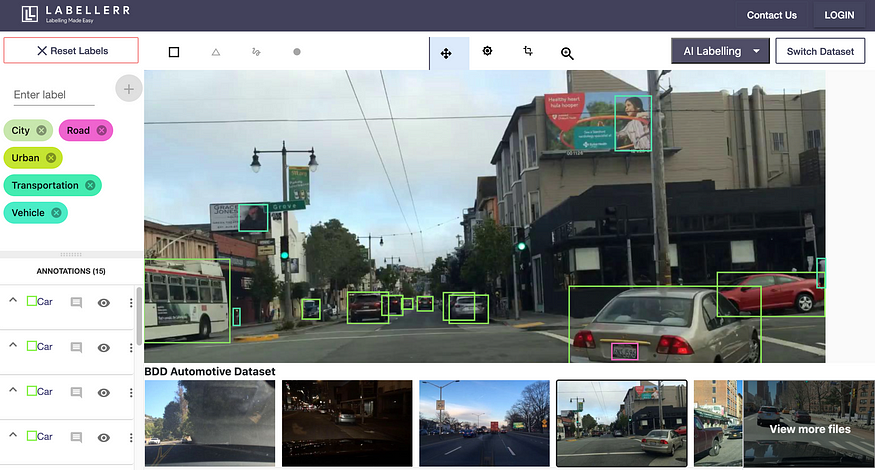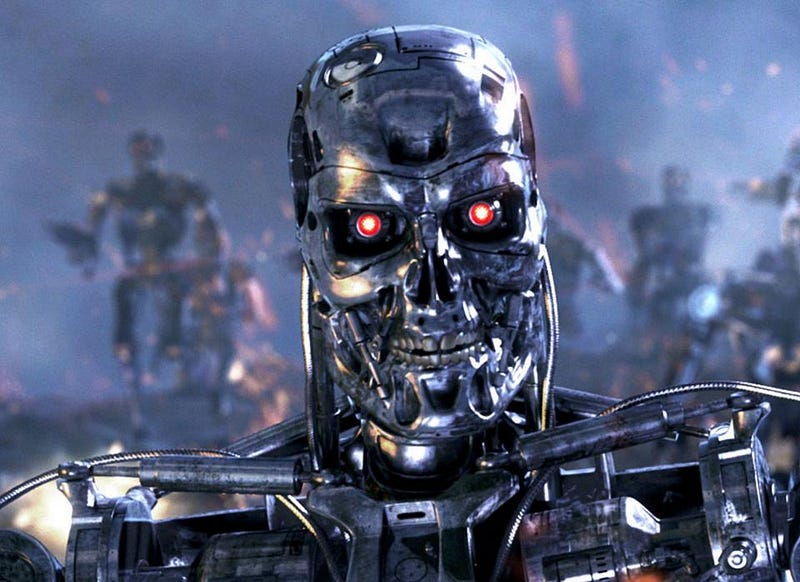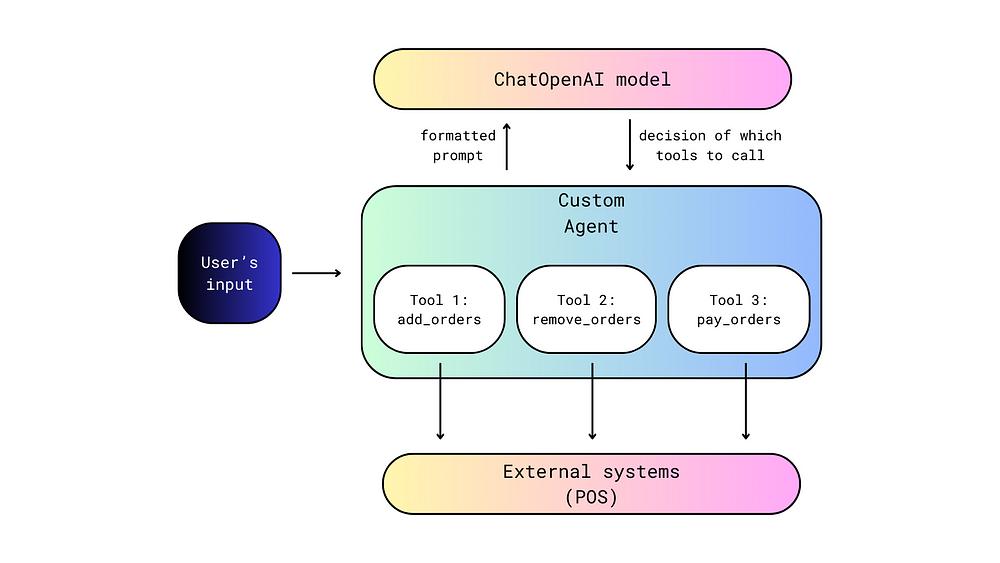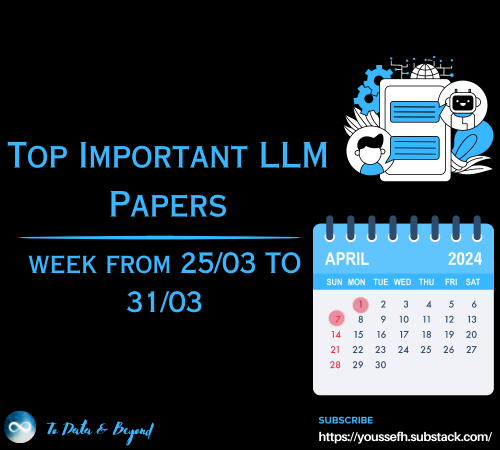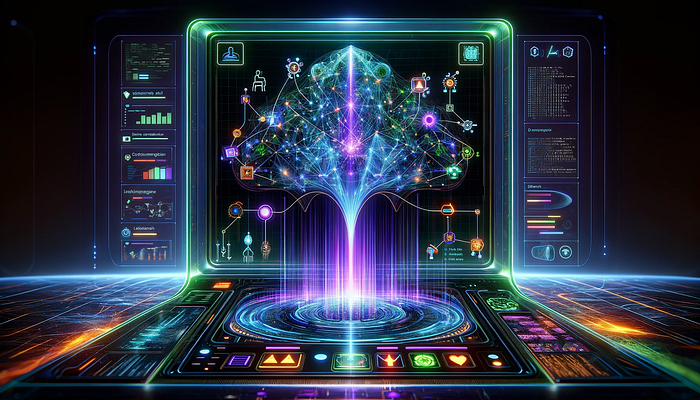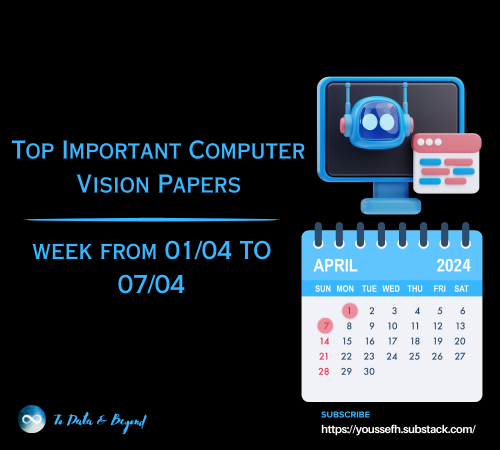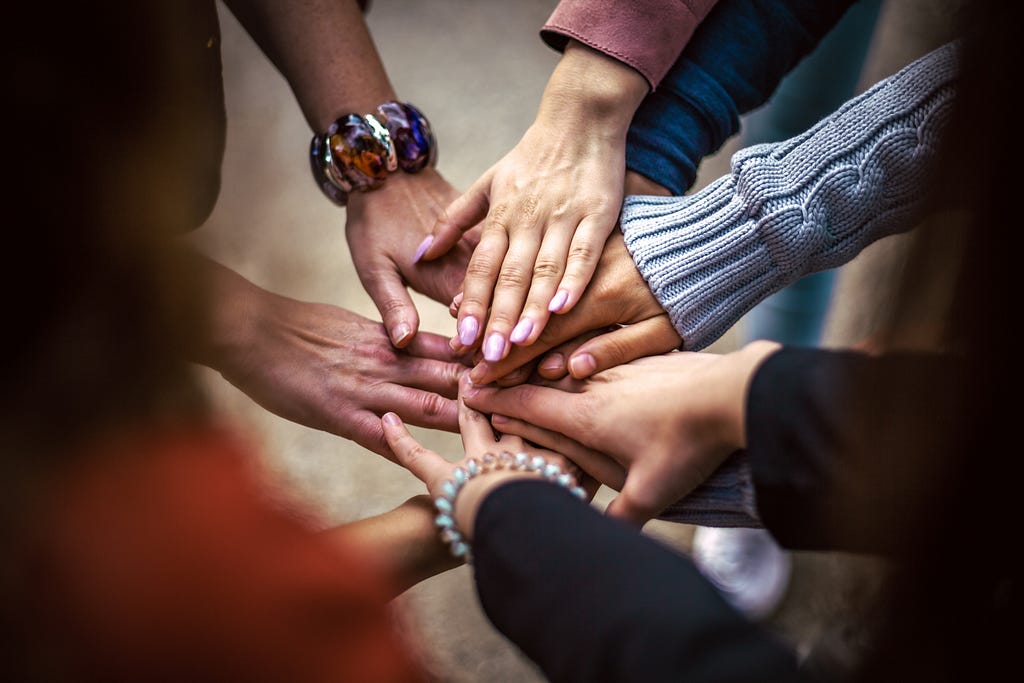
Making a Social Impact With Crowdsourcing
Last Updated on January 4, 2022 by Editorial Team
Author(s): Magdalena Konkiewicz
Originally published on Towards AI the World’s Leading AI and Technology News and Media Company. If you are building an AI-related product or service, we invite you to consider becoming an AI sponsor. At Towards AI, we help scale AI and technology startups. Let us help you unleash your technology to the masses.
How crowdsourcing platforms such as Toloka, initially designed to power AI models, can be used for social good

Introduction
Crowdsourcing is a popular tool to gather data for training Machine Learning models in different industries, with the added advantage of scalability and automation for these projects. It allowed scalability and automation in such projects however, it is not the only area where crowdsourcing is used.
I’d like to focus on how crowdsourcing and emerging technologies can effectively address some of today’s challenges and make a social impact.
Environmental protection
Toloka, one of the largest crowdsourcing platforms, is used in environmental protection projects. Let’s look at an example of the garbage overflow problem. Unfortunately, overflowing trash is a common eyesore in many cities and public outdoor areas.
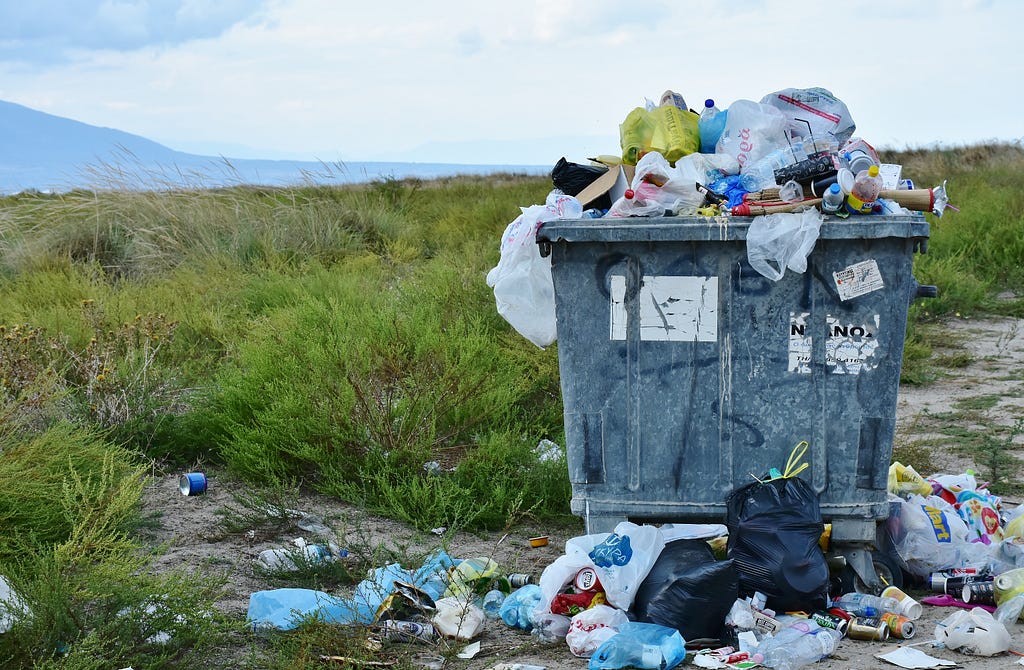
It is often logistically challenging for cities and councils to detect when garbage receptacles need to be emptied. As a result, some of them are always overflowing and others are being attended without a real need.
In some cities, the problem has been solved using Toloka with a so-called ‘spatial crowdsourcing’ or field data collection project. Crowd workers are asked to visit a nearby trash site, submit pictures of it and answer some additional questions about the surroundings. As compensation, they are paid a small monetary award for completing this task.

Toloka uses GPS monitoring to detect if the person actually visited the site, and then sends the information and photos to the council to report on the state of the trash site.
As a result of this project, 2500 different population centers have been inspected. Currently, around 10,000 trash sites are monitored on a monthly basis. The results help local governments manage garbage collection services more efficiently for cleaner public spaces.
Searching for missing people
Organizing garbage collection services is not the only place where crowdsourcing can be used for social good. Did you know that hundreds of thousands of people go missing every year around the world?
Crowdsourcing can be an effective tool to expand and coordinate search efforts, as shown by an initiative from Liza Alert, a nonprofit organization that searches for people who have been reported missing.
Let’s take a look at how this works. Can you see a person in the photo below?

If you answered yes to this question, you are right. There is a person in the photo.

So how can this help Liza Alert in searching for people? The answer is very simple. Liza Alert uses drones to take photographs of wilderness areas and then sends the aerial images for analysis. It takes too long to process thousands of photos with their in-house team of volunteers, so they use Toloka to help them in scaling those efforts. Once Toloka users identify a person in a photo, the issue gets escalated and the team of experts decides if they need to send the rescue team or not.
Liza Alert is now able to check 25,000 photos each month with an astonishing speed of 1500 photos per minute! This was impossible to achieve using in-house volunteers working for this nonprofit. Volunteer resources are now used more efficiently and missing people are reunited with their loved ones faster.
Summary
In this article, you have learned about different use cases of how crowdsourcing platforms such as Toloka can be used to power projects that can make a social impact. Can you think of any other use cases or perhaps you have used crowdsourcing for other types of projects that can have a positive impact on our society. Please, share in the comments.
If you want to learn more details about the crowdsourcing projects for social good that have been presented in this article, watch this presentation by Roman Gaev. Also, you can find him and others sharing their experience with crowdsourcing in this data empowered community.
PS: I am writing articles that explain basic Data Science concepts in a simple and comprehensible manner on Medium and aboutdatablog.com. You can subscribe to my email list to get notified every time I write a new article. And if you are not a Medium member yet you can join here.
Below there are some other posts you may enjoy:
- Moderation pipeline for user-generated content
- Top 8 magic commands in Jupyter Notebook
- 9 things you did not know about jupyter notebook
Technology was originally published in Towards AI on Medium, where people are continuing the conversation by highlighting and responding to this story.
Join thousands of data leaders on the AI newsletter. It’s free, we don’t spam, and we never share your email address. Keep up to date with the latest work in AI. From research to projects and ideas. If you are building an AI startup, an AI-related product, or a service, we invite you to consider becoming a sponsor.
Published via Towards AI

 Logo:
Logo:  Areas Served:
Areas Served: 